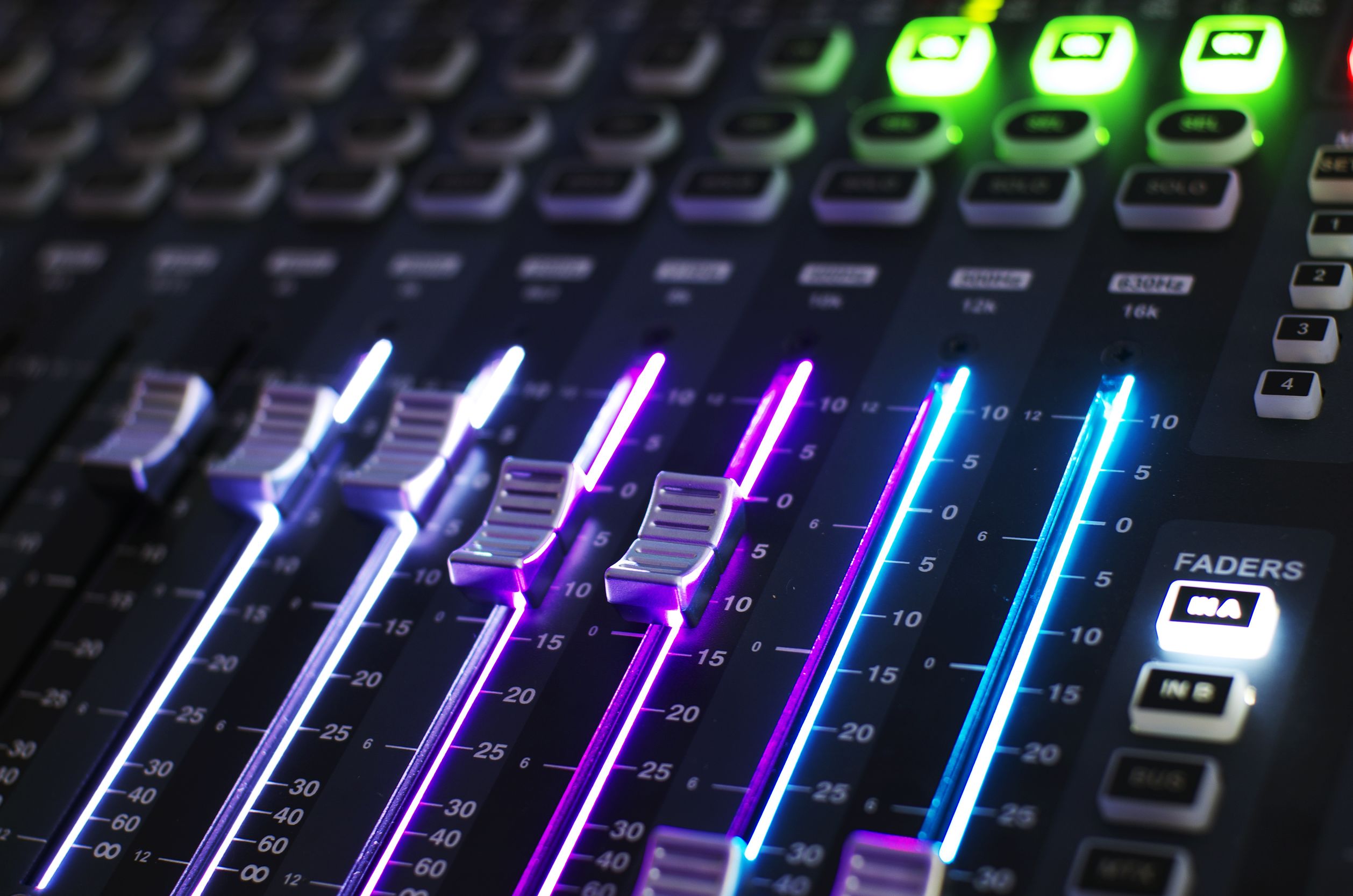Do we have a networking standard yet? The short answer, once again, is “no.” As in year past, this year’s AES generated rumors of progress along with signs that convergence on an industry standard for transfer and routing of digital audio and device control data is going to be a long and winding road.
Seems kind of silly, doesn’t it? If we had such a network, digital consoles, signal-and-loudspeaker management “system brains,” and amplifier/loudspeaker systems (whether joined umbilically by speaker cables and sense lines or integrated into the speaker enclosure) would instantly become more valuable. If these key sound system elements could talk to each other and to system operation and maintenance techs, pro audio systems would deliver a higher quality of service to its various client universes, and could therefore become more profitable.
Manufacturers would see a huge increase in demand for new products, because the value of a networked digital mixer, for instance, is so much higher than that of a standalone digital console. Ignore the fact that multiple sets of A/D and D/A converters impose unnecessary costs and performance penalties on the system.
Just imagine the benefits of a console that presented objective, quantified information that the operator could compare with what he or she is hearing. Similar benefits in terms of shifting the effort from grunt work and basic problem solving to intelligent and creative use of the system on behalf of the performers and the audience are waiting at every link in the signal chain.
So let’s see: if we had a network standard, everyone would sell tons of gear and there would be lots more work for installers, rental houses, designers… the entire industry would benefit. To get an idea of how important standards are, try to imagine the modern office without Ethernet: how many desktop and laptop computers, printers, servers, etc. do you think you’d see?
If a whole industry can grow up around a networking standard, why can’t pro audio agree on one? Apparently, most audio manufacturers are owned by Bill Gates wannabes. In other words, the majority of business people who have funded R&D projects in the network space have brought them to market as a feature set across a product range (IQ, QSControl, NexSys, for instance) instead of as candidates for industry-wide acceptance. Third party efforts, whether privately funded (Lone Wolf) or association driven (AES 24) have failed.
The legislative route to a standard seems like a dead end at this point. Pro audio’s best hope lies in the growth of a de facto standard. One network needs to acquire enough existing nodes and perceived possible nodes to reach critical mass [for a longer explanation of critical mass and the underlying concepts, click here].
Candidates for the role of digital audio network standard race towards critical mass on two legs: the technical debate as to which is “better,” and the market debate as to which is “bigger.” Better is always a hot topic at AES. After all, it’s the largest muddle of audio engineers assembled on the planet each year. As a marketing guy, I am fortunate to be disqualified from participating in the “better” disputes. In my experience, bigger is better anyway: I liked BetaMax and MiniDisc just fine, thanks, but the network economics were too powerful. I watch VHS cassettes and use portable CD players just like every other red white and blue blooded American consumer.
So here’s the state of play in the race towards critical mass, the process that has the best chance of producing a de facto industry standard that can benefit all players. I declare CobraNet the front runner: it’s got strong backing from Cirrus Logic, 18 licensees including all the major amp names, most of the “digital system brain” players and some speaker manufacturers. CobraNet looks very strong, but as long as it’s below critical mass, there’s room for other contenders to exploit possible weaknesses. Number one is per-node cost. It may not be a problem for console or signal processor manufacturers: the CobraNet port adds a significant cost to the unit, but not to the entire system, especially when compared to the value added to all nodes (aka products) by the network. Loudspeakers are a different matter, however. In a typical system design there might be one or two consoles, one or two “brains” per room, but twenty to five hundred speakers. With that many loudspeaker nodes, you need a cheaper node to get an acceptable cost/benefit ratio.















